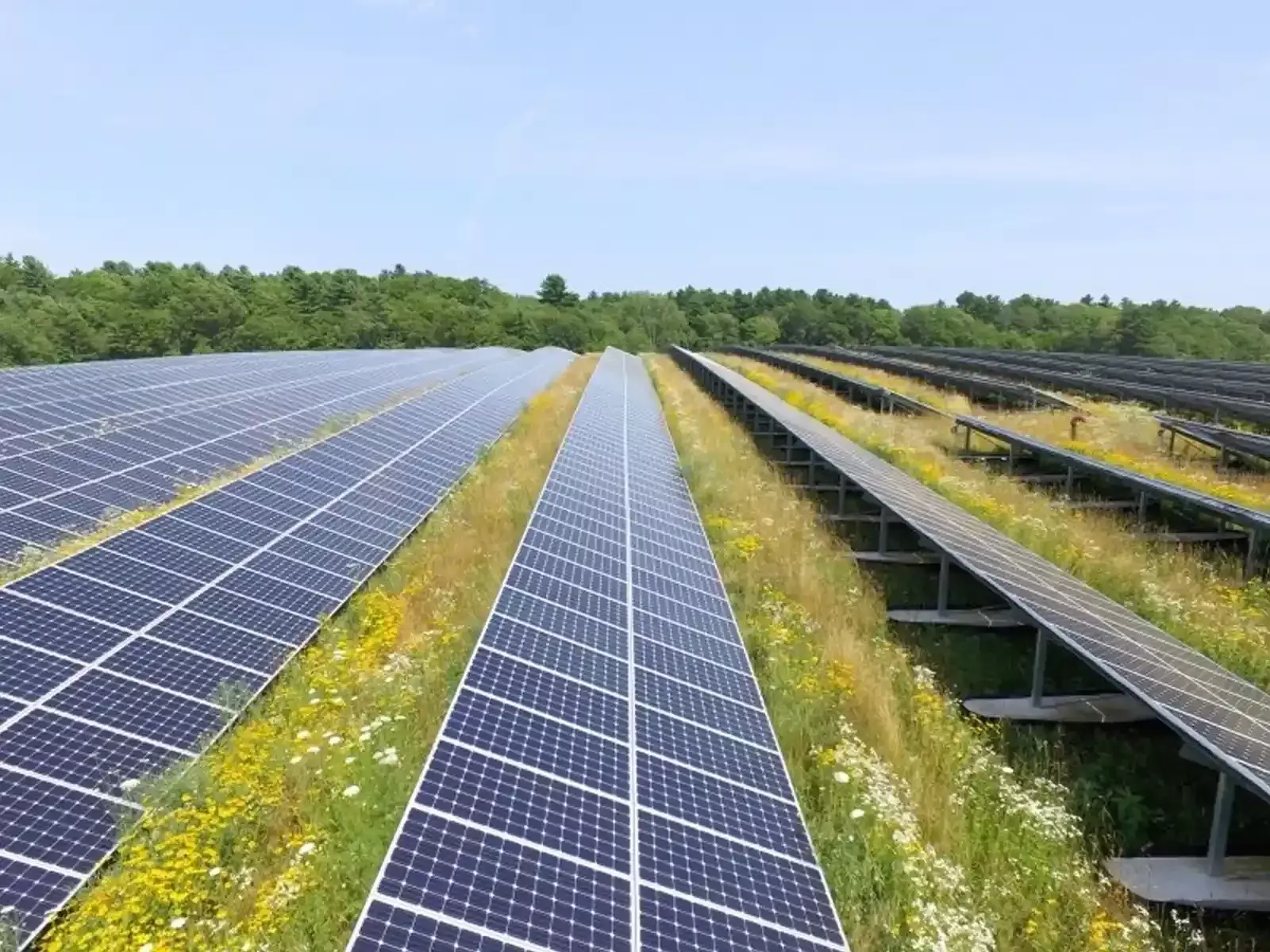Summary
He also said that India’s power generation capacity will increase to over 800GW from about 428 GW at present. India has planned to bid out 50GW of renewable energy projects every year.
New Delhi: A whopping investment of Rs 17.05 lakh crore is in the pipeline in power and renewable energy sector, which has attracted around 16.93 lakh crore of investment since 2014, Union minister R K Singh said on Monday.
As much as 80 GW of thermal power generation capacity is under construction which we will go on stream by 2030, Singh told reporters, adding that about 99 GW of renewable energy is under construction, at present.
Briefing reporters on new rules called Electricity (Amendment) Rules 2024, Singh said that as much as Rs 16.93 lakh crore has been invested in power and renewable energy sectors so far.
The Rs 16.93 lakh crore investment includes Rs 11.2 lakh crore in sectors like generation, distribution and transmission while Rs 5.73 lakh crore in the renewable energy sector, the minister explained.
He further stated that an investment of Rs 17.05 lakh crore is in the pipeline in the power and renewable energy sectors.
The minister said that Rs 7.4 lakh crore would be invested in the power sector while Rs 9.65 lakh crore.in renewable energy
He also said that India’s power generation capacity will increase to over 800GW from about 428 GW at present. India has planned to bid out 50GW of renewable energy projects every year.
Amended rules
About the new rules, the ministry said consumers, having more than a specified quantum of load and Energy Storage Systems (ESS), are now allowed to establish, operate and maintain dedicated transmission lines themselves without the requirement of a licence.
By allowing such a facility a new category of Bulk Consumers would emerge in the country, benefiting from more affordable electricity and enhanced grid reliability, it stated.
This facility was already available to generating companies and captive generating stations.
For ease of doing business by industries like Green Hydrogen manufacturers and to facilitate energy transition along with energy security by faster establishment of energy storage capacity new rules have been prescribed.
The new rules facilitate bulk consumers and energy storage systems (of not less than 25MW), to get connected to the Grid easily and at a faster pace.
They shall not be required to obtain a licence for establishing, operating or maintaining a dedicated transmission line to connect to the grid.
The new rules also provide that consumers including industry will benefit in terms of getting electricity at competitive rates by ensuring that open access charges are reasonable.
To rationalise the open access charges new rules have been prescribed with methodologies for determining various open access charges like wheeling charges, state transmission charges and additional surcharges.
The rule inter-alia prescribes that for a person availing of General Network Access or Open Access, the additional surcharge shall be linearly reduced and get eliminated within four years from the date of grant of General Network Access or Open Access.
It is also provided that the additional surcharge shall be applicable only for the Open Access Consumers who are or have been consumers of the concerned Distribution licensee.
Thus, a person who has never been a consumer of the Distribution licensee would not have to pay an additional surcharge.
The rules also improve financial health of discoms by ensuring cost-reflective tariff through elimination of revenue gap.
To ensure financial sustainability of the power sector, it is necessary that the tariff is cost reflective and all the prudent costs are allowed.
However, it explained that some States Regulators had created a large revenue gap leading to financial distress to the distribution companies due to disallowance of various costs incurred including even power purchases costs.
To discourage such practice, there was a need to make statutory provisions to ensure that there is no such gap, it pointed out.
It is also imperative that liquidation of any such existing gaps in revenue is done in a time bound manner.
New rules are notified to ensure that revenue gap is not created except in extraordinary circumstances like natural calamity and to provide for time bound liquidation of the gaps created, if any.
The rule mandates that the tariff shall be cost reflective and there shall not be any gap between approved Annual Revenue Requirement and estimated annual revenue from approved tariff except under natural calamity conditions.
Such gap, created if any, shall not be more than three percent of the approved Annual Revenue Requirement, it stated.
The rule also provides that such gap along with the carrying costs at the base rate of Late Payment Surcharge as specified in the Electricity (Late Payment Surcharge and Related Matters) Rules, 2022, shall be liquidated in maximum three numbers of equal yearly instalments from the next financial year.
For a revenue gap existing at the time of promulgation of the rules, it is mandated that any such gap, on the date of notification of these rules, along with the carrying costs at the base rate of Late Payment Surcharge as specified in the Electricity (Late Payment Surcharge and Related Matters) Rules, 2022, shall be liquidated in maximum seven numbers of equal yearly instalments starting from the next financial year.
Releasing the Rules, Singh stated that the steps taken by the government had already brought down the losses of the distribution companies from 27 per cent in 2014 to 15.41 per cent in 2022-23.
The doing away with the requirement of licence for dedicated transmission lines for industry will lead to ease of doing business for the industry, leading to faster industrial growth and more job creation, the minister said.
 Learn & Earn
Learn & Earn  Home
Home
